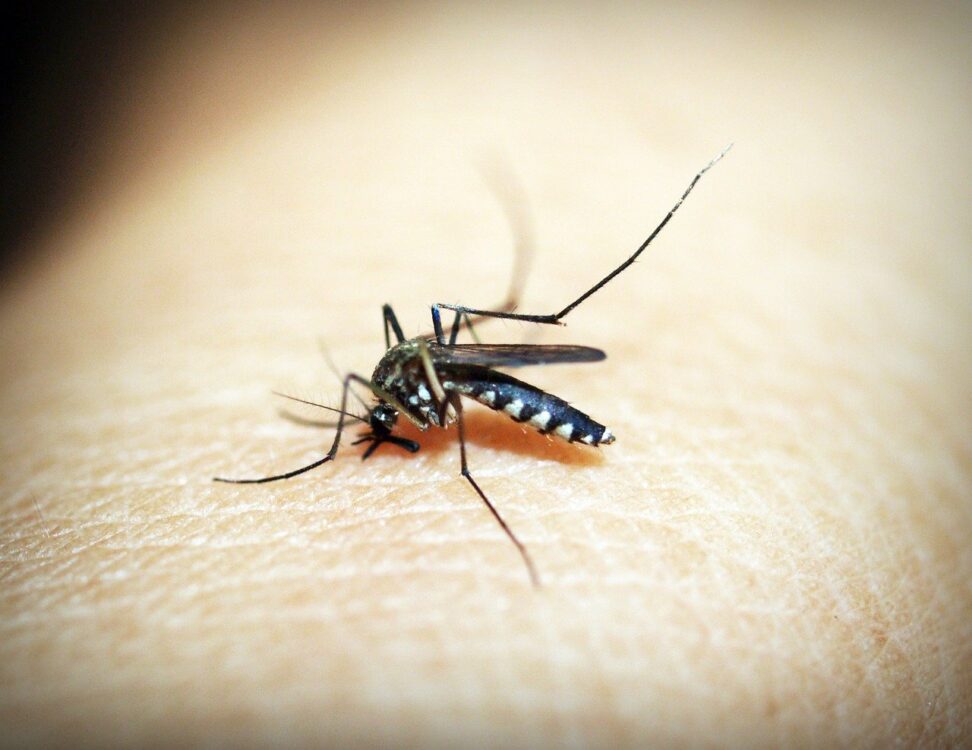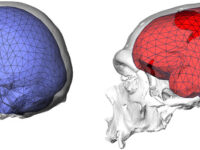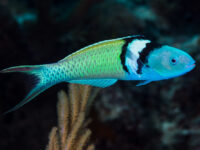Modern-day folklore is rich with tales of cryptid species: stories of undiscovered animals, lake monsters and strange creatures stalking the night. As fun as these stories are, they don’t represent actual biology research, but in the same woods where people go hunting for bigfoot or the Mothman, one can find real-life cryptic species hiding in plain sight, disguised by our overreliance on morphology. A cryptic species is a species or group of species that have been mistakenly classified as a single species because of a lack of significant morphological differences. When we imagine two groups of organisms being different species, it’s natural to imagine that they look different, but under the biological species concept, two groups of organisms are different species only if they would not or could not potentially interbreed in nature.
A cryptic species is a species or group of species that have been mistakenly classified as a single species because of a lack of significant morphological differences.
There are many evolutionary changes that can take place to prevent interbreeding that don’t result in obvious morphological differences. Changes to non-visual mating signals are most common, so two different species evolve that have different mating pheromones or different mating calls to which other species won’t respond. For this reason, biologists theorize that cryptic species are more common in environments where visual stimulus is less important, such as deep underwater or in underground caves.
A common misconception about cryptic species is that they represent recent speciation events and that there simply has not yet been enough time for the species to differentiate morphologically, and while some are indeed recently diverged, this is not always the case. There are many cryptic species with ancient speciation events. The bonefish genus Albula is one such cryptic species that is thought to have diverged at least 4 million years ago. Cryptic species likely arise when populations face strong selection pressure for current morphological traits during speciation, so in low-light environments, in extreme environmental conditions, and among organisms with highly specialized symbiotic relationships — where organisms display high degrees of morphological specialization — there are theorized to be an abundance of cryptic species.
However, some scientists push back against the use of the cryptic species designation, claiming it’s inherently inexact. Cryptic species are only special because of humanity’s reliance on visual clues to differentiate rather than any intrinsic qualities about the species themselves. Furthermore, in many cases, so-called cryptic species aren’t as indistinguishable as the name would suggest, and there are often subtle morphological or chemical differences that can be used to tell two species apart. Biologists call these types of species “pseudocryptic” or leave them unlabeled depending on the subtlety of the morphological tells.
Some scientists push back against the use of the cryptic species designation, claiming it’s inherently inexact
Studying and discovering cryptic species can seem like a triviality on the surface, but it has important implications for conservation, species containment, and species utilization. Because cryptic species often have subtle distinctions, they can occupy slightly different ecological niches or live in different habitats, making overall conservation much more important. It’s common to discover that a single, wide-roaming species turns out to be a complex of many cryptic species with much smaller ranges, some of which are more at risk than others. Another example is with mosquitos in sub-Saharan Africa, which is made up of the Anopheles gambiae cryptic species complex, the primary vector of malaria. Studies have found that only certain species in this complex target humans, allowing for more targeted use of resources to better prevent the spread of malaria. One of the applications of biological species research is in utilizing biological control species, where people exploit species-specific interactions between crop pests or invasive species and an introduced species to control the invasive populations. Recent research has found that some of these control species are themselves cryptic species complexes, where only some of the species in the complex effectively control undesired species, such as in utilizing parasitic Metarhizium anisopliae fungi to control crop pests, where evidence suggests it forms a cryptic species complex where each species is specialized for a different insect host.
Because cryptic species often have subtle distinctions, they can occupy slightly different ecological niches or live in different habitats, making overall conservation much more important.
Taxonomy is one of the oldest sciences, yet after all this time, it is still imperfect. Our reliance on visual differences to differentiate species has sometimes led us to paint with too broad a brush when defining species and establishing taxonomic boundaries, but modern genetic and proteomic techniques are allowing us to discover a whole world of nuance in our previous distinctions. The more cryptic species we identify, the better our understanding of the world becomes and the more we can leverage that understanding to solve ecological problems.
Trends in Ecology & Evolution (2007). DOI: 10.1016/j.tree.2006.11.004
Scientific Reports (2019). DOI: 10.1038/s41598-019-42297-5
Nature (2005). DOI: 10.1038/433111a
Molecular Phylogenetics and Evolution (2008). DOI: 10.1016/j.ympev.2008.04.029
Evolution (2007). DOI: 10.1111/j.0014-3820.2001.tb00816.x






